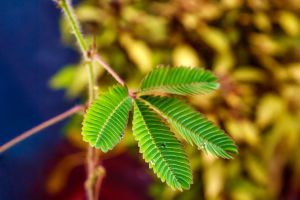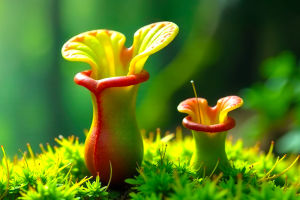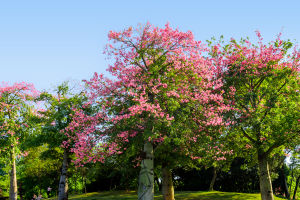Deep in the Namib Desert, life struggles to survive under scorching sun, shifting sands, and scarce water. Yet one plant stands out—Welwitschia mirabilis.
Unlike most plants that live for months or years, this extraordinary species can survive for over a thousand years. Lykkers, walking past one of these ancient survivors feels like stepping into a world where time slows down, and every leaf holds centuries of resilience and life stories.
A Shape Unlike Any Other
Welwitschia is instantly recognizable for its unusual form. It has only two leaves that grow continuously throughout its life. Over the centuries, these leaves twist, fray, and stretch across the desert floor, creating intricate, tangled shapes. From a distance, the plant looks almost like a giant desert star or sprawling octopus. While the leaf tips often appear worn and shredded, the base remains thick, green, and full of life, making it a symbol of endurance in one of the harshest climates on Earth.
The Secret Behind Its Long-Lived Leaves
The longevity of Welwitschia's leaves comes from constant growth at the base. The cells in the leaf base generate new tissue continuously, while the tips age slowly. This ongoing renewal gives the appearance of timelessness. Lykkers, watching these leaves grow and fray over decades is like seeing a living fountain of youth thriving against the odds of desert life.
Roots and Structural Adaptation
Unlike desert plants that reduce leaves to needles, Welwitschia grows broad, thick leaves supported by a short, sturdy stem. Its roots extend deep into the sand to reach underground water, while some remain exposed to anchor the plant against wind. Its leaves can exceed three meters in length, and at the top, it produces red, berry-like cones. This combination of deep roots, wide leaves, and a compact stem allows it to withstand the desert's extreme heat, drought, and windstorms.
Growth Patterns in Extreme Conditions
Welwitschia grows slowly, emphasizing width over height. Its leaf tips cannot grow further, which helps prevent damage from the harsh desert winds. Typically, the plant reaches about 1.5 meters tall, but the leaves can spread over eight meters in diameter, with roots extending just as far underground.
This wide structure ensures stability and maximizes the surface area to capture moisture from fog and dew, essential for surviving long dry periods. Lykkers, every part of this plant's design is a smart adaptation to desert survival.
Thriving Despite Harsh Challenges
The desert constantly tests Welwitschia with drought, heat, and storms. Its broad leaves may fray and appear tattered during dry spells, yet the plant endures. It stores water in its leaves and draws nutrients from deep roots. Even desert animals rely on it for food. During dry seasons, its long leaves stretch wide to collect dew and fog, storing it for survival. Lykkers, this plant shows how life can not only survive but flourish in extreme adversity.
A Timeless Legacy
Welwitschia has fascinated botanists for centuries. Many explorers consider it one of the most magnificent and mysterious plants in southern Africa. In deserts where rain may not fall for years, it stands proudly, showcasing life's resilience and elegance. Its frayed leaves, red cones, and sprawling roots tell a story of adaptation, patience, and survival, reminding us of nature’s ingenuity.
Desert Legends
Lykkers, witnessing Welwitschia mirabilis in its desert home is more than seeing a plant—it's observing centuries of survival and resilience. Its twisted leaves, sprawling roots, and enduring form reveal how life adapts and thrives against all odds. Next time we wander through deserts, let's take a moment to appreciate these remarkable survivors. They are not just plants—they are living legends, enduring symbols of nature's strength and perseverance.


